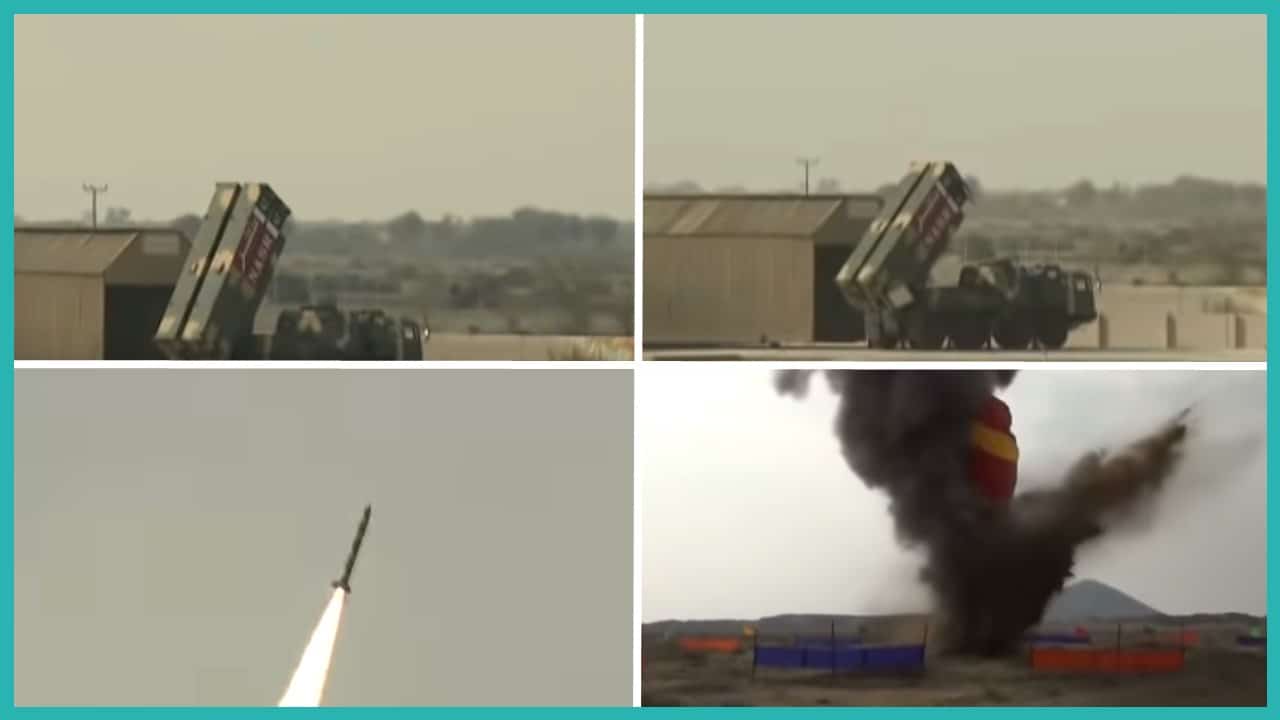Though local vendors have showcased various wheeled armoured vehicle designs, little focus is being paid to localizing key inputs (e.g., engine, transmission, etc) when proposing solutions to major needs.
While the Nasr SRBM is lauded for its value in mitigating attempts at stopping Pakistan from leaning on its nuclear deterrence factor, it does not necessarily compensate for conventional deterrence.
In part-three, we examine the potential scope of collaboration between Pakistan and Ukraine, Turkey, South Africa and others on munitions development.
In part-two, we examine the countries that Pakistan could collaborate with to develop new air-to-air, air-to-surface, surface-to-air, and surface-to-surface munitions.
The Pakistan Navy is slated to have 11 air-independent propulsion (AIP)-equipped submarines by 2028. There are also tentative plans to add a miniature submarine, which – if procured – would, without doubt, give Pakistan one of Asia’s larger submarine fleets.
The Pakistan Navy’s surface and sub-surface fleet expansion will see its support or auxiliary fleet not only grow, but evolve with new ships and capabilities.
Confirming earlier reports, the CNS had stated that the PN wishes to procure a new long-range maritime patrol aircraft (LRMP).
With a relatively deep – and active – procurement roadmap of new submarines, frigates and other assets, the Pakistan Navy is aims to implement an ambitious modernization project in the next decade.
By agreeing to collaborate with Ukraine on the development of “high-precision missiles of various classes” and, reportedly, Roketsan on guided anti-tank, air-to-air, and air-to-surface missiles, it appears that Pakistan is prioritizing new munitions development.
At IDEAS 2018, the Pakistan Air Force (PAF) leadership had outlined its intentions for an indigenous, next-generation fighter. Little is known about the fighter program or how the PAF will implement it, but China will play a role. However, that role may…










